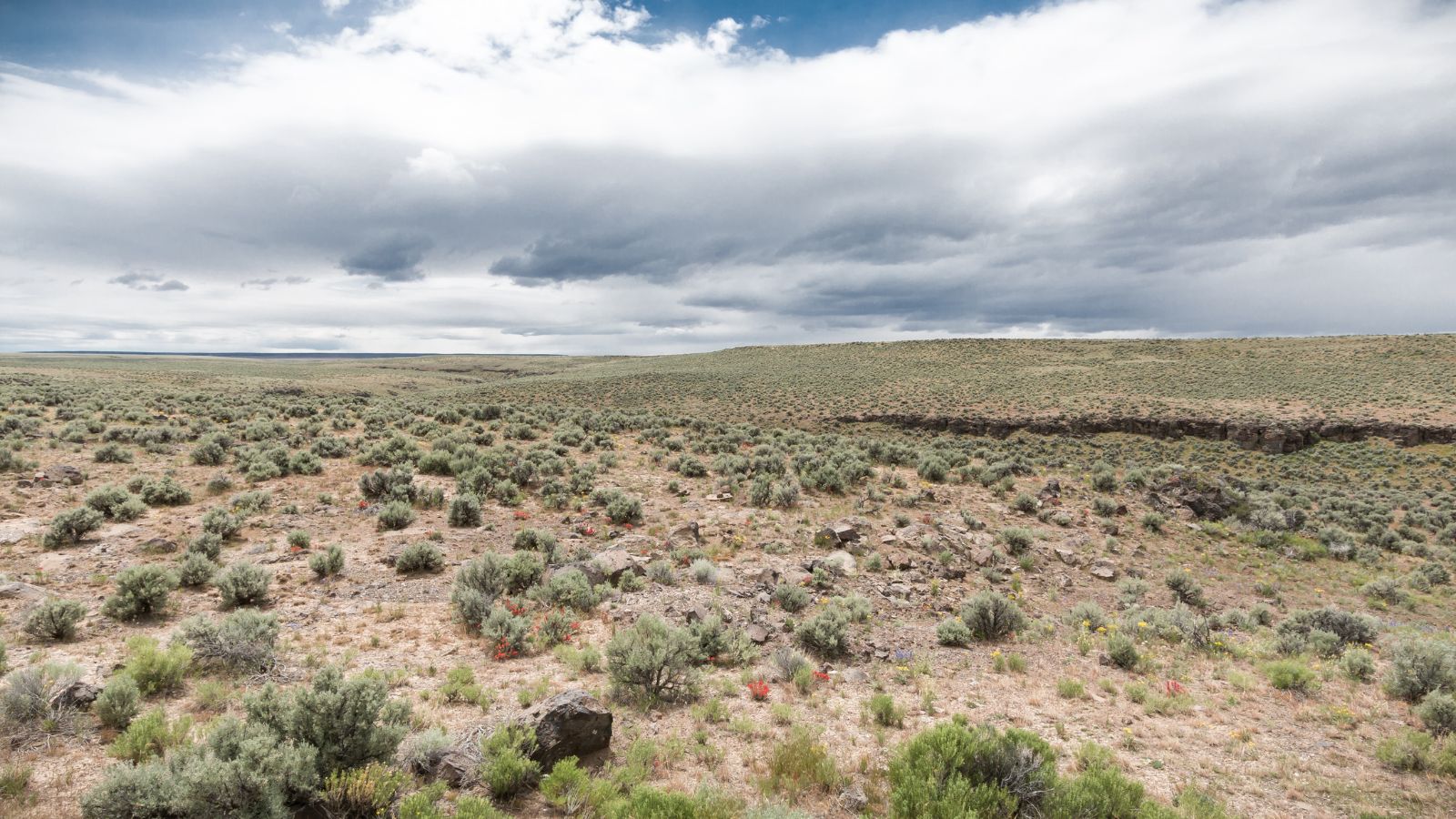The sagebrush rangelands of the western U.S. may look empty, almost desolate. But these vast treeless landscapes are rich with life — from sage grouse, pygmy rabbits, and trout to pronghorn, mule deer, and elk.
“So hunters and anglers find the sagebrush ecosystem super important to them because this is a part of their way of life,” says Tiffany Turner of the Theodore Roosevelt Conservation Partnership.
But she says sagebrush habitat is in peril.
According to a U.S. Geological Survey study, about 1.3 million acres are lost each year to development, invasive grasses, and other threats.
And it’s not only wildlife at risk.
Healthy sagebrush habitat stores a lot of carbon in the soil and deep roots of perennial grasses and shrubs. When the landscape is altered, some of that carbon is released, warming the climate.
So Turner’s group is pushing for federal legislation to help conserve and restore areas of sagebrush and other grasslands.
She says the steps needed to protect land for hunting and to protect the climate can be one and the same.
“Preserving opportunities for hunting and fishing — and access to our special and beautiful spaces — that is a climate change solution,” she says.
Reporting credit: Sarah Kennedy/ChavoBart Digital Media


